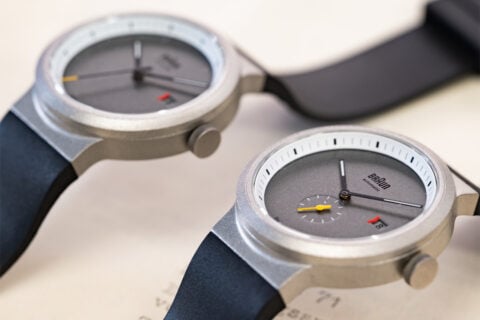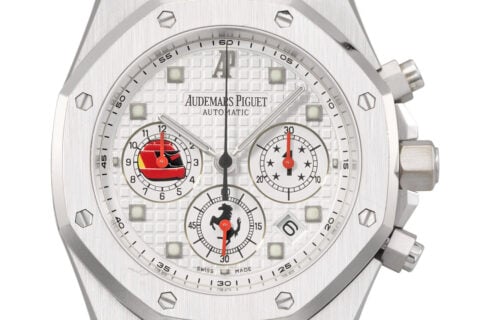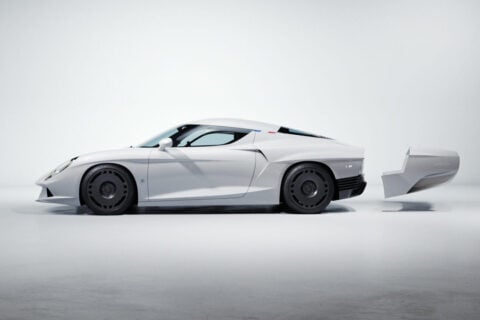The Challenge II
Braking at the Circuit Gilles Villeneuve demands 930kg of pedal load per lap in Canada – an incredible 65,590kg over the course of the 70-lap race. Because the circuit’s collection of long straights encourage the teams to run low-aero drag settings to maximize top speed, the cars arrive at the corners at a much higher than average speed, and then have less downforce than usual to push the tires into the tarmac when the driver eventually applies his brakes.
Then there are the braking zones themselves. There are seven in Montreal, four of which are approached at 300 km/h (186 mph) or above, and five of which see the drivers pulling more than 4.3G under deceleration. That’s a lot of blood drained from the cranium.
Brake, caliper and pad supplier Brembo say that the most violent application comes at the Turn 13/14 chicane at the end of the lap when drivers slow from above 330 km/h (205 mph) to 120 km/h (74 mph). Over a distance of just 122m, they pull an enormous 5.6G in the process.






